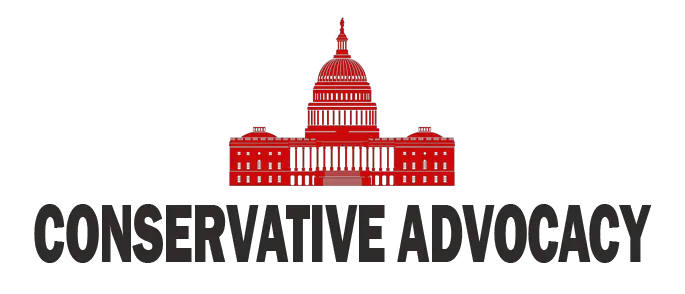In a bold move that has sparked discussions across the political landscape, the President has decided to part ways with a top labor official following what has been described as a perplexing jobs report. This shake-up comes amidst growing concerns about the reliability of labor statistics, with critics arguing that the current methods for measuring job creation need a serious overhaul. It seems that even the experts are scratching their heads and saying, “What’s going on here?”
Steve Moore, a notable former economic advisor, chimed in on the issue, emphasizing that the numbers we’ve been relying on to gauge the health of the economy are increasingly untrustworthy. He has tracked these figures for over three decades and admitted that he has never seen anything quite like this. The irregularities in the data, combined with the confusing job reports, have left many questioning how our economy is really faring. To make matters worse, even reputable sources like the Wall Street Journal have expressed confusion over the current figures.
One of the culprits for the unreliable data appears to be the methodology behind the surveys. The surveys rely on businesses and households reporting who is working and how many people they employ. However, the response rates have plummeted, especially in the post-COVID environment. With fewer people willing or able to respond, the statistics have become far less reliable—a far cry from the days when response rates were much better.
Switching gears to trade, the President is also placing some heavy demands on our neighbors to the north, particularly Canada. Canada has been a significant trading partner, but recent tariffs have raised eyebrows and tensions. Reports suggest that Canadian tariffs on American farmers can soar above 200%, leading the President to call out Canada for poor leadership and unfair policies. It’s clear that the President is unapologetic and more than willing to stand firm when it comes to ensuring fair trade for American businesses.
As the trade negotiations continue, many are hopeful that a mutually beneficial agreement can be reached. With a consumer market worth a staggering $28 trillion, the stakes are high for Canada, as their economy significantly relies on access to American markets. The call for lower tariffs on both sides is gaining traction, with ideas floating around about how to achieve a more equitable trading landscape. Advocates for free trade argue that a reduction in tariffs could lead to improved relations and greater market access, making it a win-win situation for everyone involved.
In conclusion, as the President pushes for changes in labor statistics and navigates the tricky waters of international trade, the ripple effects are likely to be felt far and wide. Whether it’s fixing the numbers that show how many people are actually working or negotiating better deals with our neighbors, the journey ahead seems filled with challenges. However, with determination and a clear focus on American interests, there is hope that progress can be made for the good of the economy and the nation as a whole.




